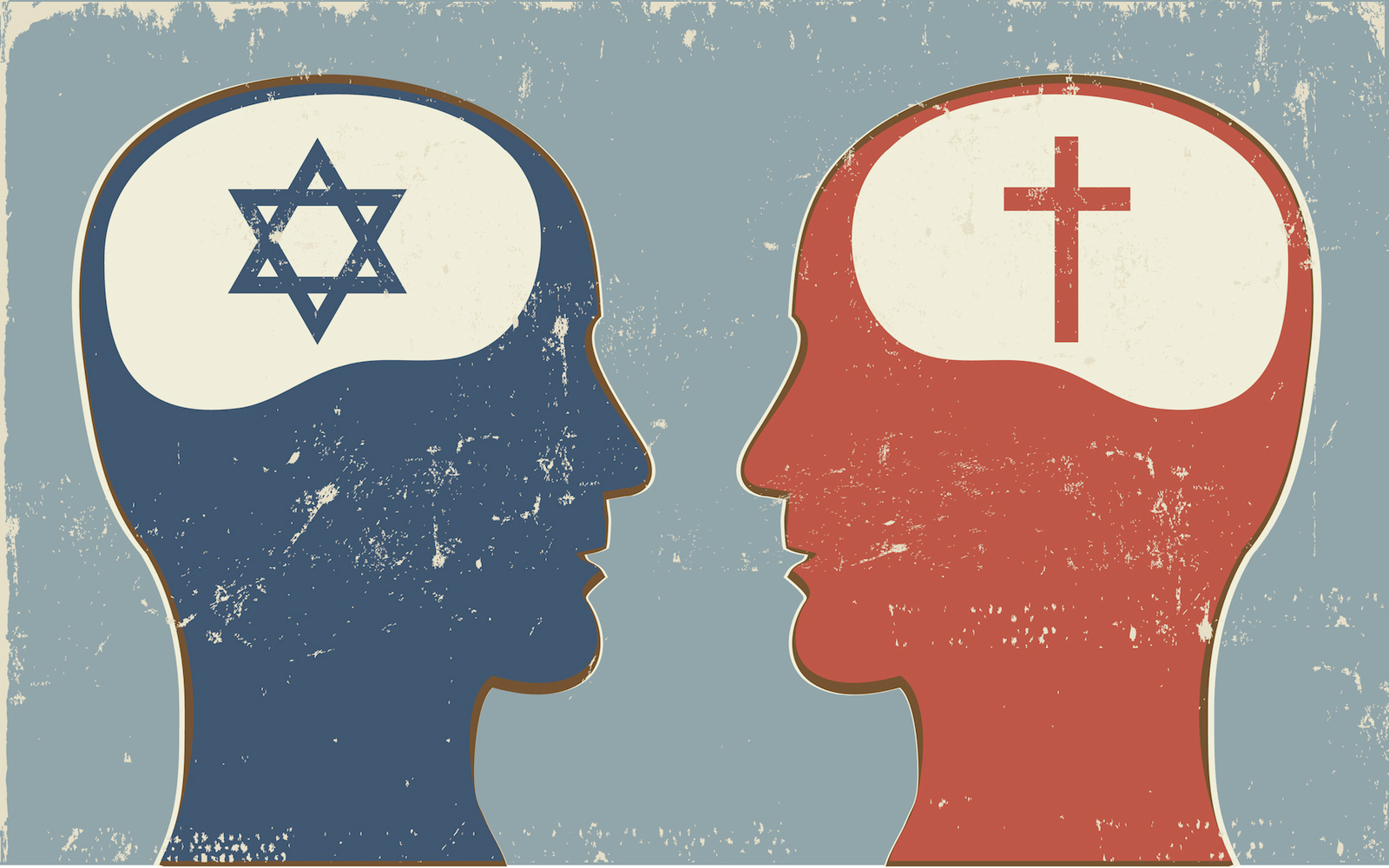Deacons, priests, bishops, archbishops all serve the laity and are called secular clergy. Early in the history of the church, however, another kind of devotee to Christianity appeared in Syria and Egypt—the monk, a man who felt that he must become an ascetic. The New Testament extolled the merits of abstaining from sexual relations if possible, and from all other fleshly indulgence.
Therefore, monks would leave civilization behind and go into the desert to live in solitude, meditation, and prayer, subsisting on the minimum of food and drink. By the third century there were many of these hermits, who enjoyed reputations for extreme holiness and often competed with each other in torturing themselves or in self-denial. Some lived in trees or in holes in the ground; others on the top of columns, to which they would haul up food supplied by pious followers.
Certain leaders, such as the Egyptian hermit Anthony, formed communities of monks living by a rule. The most famous of these rules was written by Basil (c. 330-379) and became standard in the Greek church. Basil prescribed celibacy and poverty but required that the monks work in the fields or elsewhere to make their communities as self-supporting as possible. Because after Basil monks lived by a rule, they are known as the regular clergy (Latin regula, “rule”), as contrasted with the secular clergy.
In the West the perception of a growing materialism was responded to by the rule of St. Benedict of Nursia (c. 480—c. 543), who founded an abbey at Monte Cassino in southern Italy. His Latin rule, like Basil’s Greek rule, prescribed hard work for all and urged the monks to be tolerant of one another’s interests and infirmities. In the West, the monks acted as pioneers in opening up the wilderness, performed missionary service, and provided much charitable and medical work among the poor and the sick. In both East and West, scholarship early became one of the recognized occupations for monks. The monastic scribe, who copied the works of the ancients and built up the library of his foundation, helped preserve the literature of the past.
Tensions often arose between secular and regular clergy, each feeling that its own work was more valuable to Christianity as a whole. Constant care and strict government were needed to maintain the high ideals of the monasteries and of the convents for women that soon appeared. This continuing need prompted successive monastic reform movements that played a major role in Christian history.

